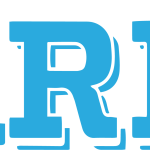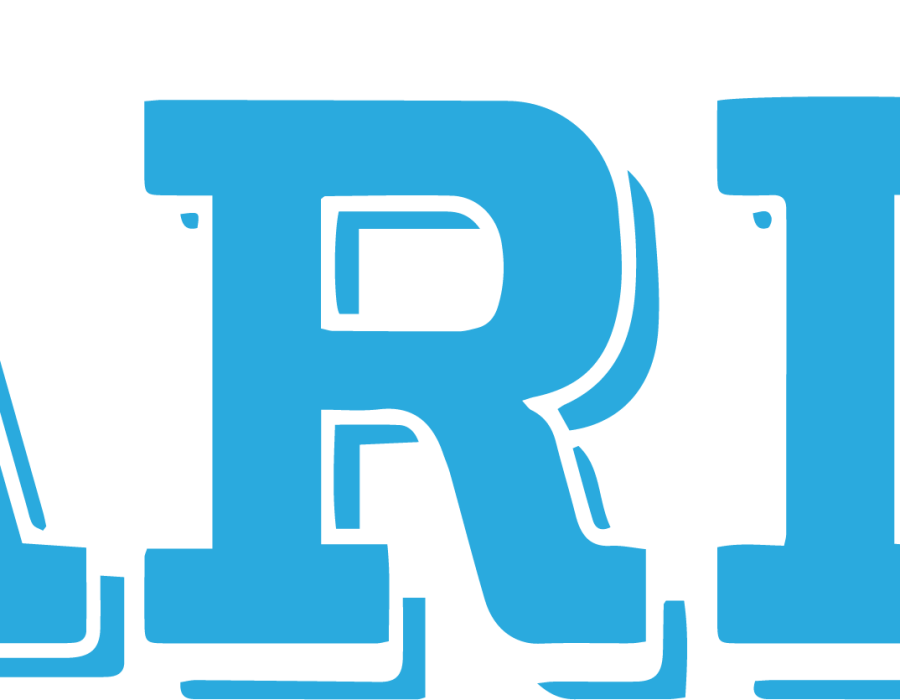Launching or running a catering business requires more than culinary talent—it demands a detailed, organized setup of equipment to ensure smooth operations at every event. Whether you're preparing food off-site, cooking live, or simply delivering meals, the right tools are the backbone of your service. This comprehensive checklist covers all the essential catering equipment you'll need, from food prep to cleanup, so nothing is left behind.
Why a Catering Equipment Checklist Matters
In catering, efficiency, timing, and food quality can make or break an event. A well-planned equipment checklist helps you:
- Avoid forgetting critical items during transport
- Maintain food safety and hygiene
- Save setup time and prevent last-minute stress
- Deliver a polished, professional experience to clients
Whether you're catering weddings, corporate events, or private parties, use this list to build a reliable inventory that supports your unique service model.
1. Food Preparation Equipment
Preparing food in bulk requires durable tools that increase speed, precision, and consistency. These items are your kitchen essentials:
- Chef’s knives (various sizes)
- Cutting boards (color-coded for food safety)
- Vegetable peelers and graters
- Commercial food processor
- Blender or immersion blender
- Mixing bowls (various sizes)
- Measuring cups and spoons
- Digital kitchen scale
- Colanders and strainers
- Whisks, spatulas, and tongs
Tip: Always carry backups of key prep tools like knives and peelers—losing one during an event can cause delays.
2. Cooking Equipment
Depending on the type of food you serve and the event location, cooking equipment will vary. Here are the core items for both prep kitchens and mobile setups:
- Commercial oven or convection oven
- Gas or electric range
- Induction burner (portable for on-site use)
- Deep fryer or countertop fryer
- Griddle or flat-top grill
- Pots and saucepans (varied sizes)
- Frying pans/skillets
- Sheet pans and roasting trays
- Thermometers (probe and infrared)
- Steamers or rice cookers (if relevant to your menu)
Ensure your cooking gear is food-service grade and suitable for the volumes you typically serve.
3. Hot Holding and Transport Equipment
Maintaining proper temperature is essential for food safety and client satisfaction. Include these items on your checklist:
- Insulated food carriers (Cambro or similar)
- Hot boxes or warming cabinets
- Chafing dishes with lids and fuel (Sterno or electric)
- Food pans with lids (full, half, and third sizes)
- Heat lamps (for plating stations)
- Aluminum foil and thermal blankets
- Cooler boxes and ice packs (for cold food)
- Beverage carriers (for soups, coffee, or tea)
Hot and cold foods must remain within safe temperature zones—investing in quality carriers is non-negotiable.
4. Serving and Display Equipment
Presentation plays a big role in the catering experience. Your serving setup should be functional and visually appealing:
- Buffet tables and folding banquet tables
- Table linens and skirts
- Serving trays and platters (metal, ceramic, or disposable)
- Risers and display stands
- Serving utensils: tongs, ladles, serving spoons, cake servers
- Beverage dispensers (water, juice, or coffee)
- Salt and pepper shakers
- Napkin holders or dispensers
- Decorative pieces (signage, menu cards, flowers, etc.)
Tip: Match your serving equipment to the event’s theme or tone to create a cohesive presentation.
5. Tableware and Utensils
Whether disposable or reusable, having the right amount of high-quality tableware is key. Depending on your service type (plated, buffet, or drop-off), make sure you include:
- Dinner plates, salad plates, and dessert plates
- Drinking glasses and stemware
- Coffee cups and saucers
- Forks, knives, and spoons (main, dessert, and teaspoons)
- Chargers or underplates (for formal settings)
- Disposable options (if preferred by the client or for casual events)
Always bring extra utensils and tableware—at least 10% more than the guest count to cover accidents or changes.
6. Beverage and Bar Equipment
If your services include beverage or bar options, you’ll need the following:
- Coffee urns or airpots
- Tea kettles or samovars
- Ice buckets and scoops
- Cocktail shakers and jiggers
- Wine keys and bottle openers
- Pitchers and water jugs
- Bar caddies and speed rails
- Glass racks and drying mats
- Garnish trays and fruit cutters
Bar equipment adds value to your service and should be clean, well-organized, and visually appealing for guest-facing use.
7. Cleaning and Sanitation Supplies
Health and hygiene are non-negotiables in food service. Here’s what you need to maintain a clean and compliant setup:
- Three-compartment sink or wash basins
- Dishwashing racks or drain boards
- Food-safe sanitizing solution
- Spray bottles and labeled sanitizer buckets
- Handwashing station or hand sanitizer
- Trash cans with liners and lids
- Paper towels and dispensers
- Cleaning cloths and scrub brushes
- Gloves, hairnets, and aprons
- First aid kit and fire extinguisher
Cleaning should be built into your event timeline, from setup to teardown, especially when cooking on-site.
8. Storage and Transport Tools
An organized load-in and load-out process depends on efficient packing and mobility:
- Storage totes and bins (labeled)
- Shelving racks or prep carts
- Rolling carts or dollies
- Plastic wrap and storage bags
- Masking tape and permanent markers (for labeling)
- Clipboards or checklists (for inventory control)
- Storage shelves for dry goods and tools
- Bungee cords or tie-downs (for vehicle safety)
Use heavy-duty containers that are easy to clean and stack securely in your transport vehicle.
9. Event Setup and Support Equipment
Different events have unique logistical needs. Prepare for both the expected and unexpected with:
- Extension cords and power strips
- Portable lighting (for evening events or outdoor setups)
- Tents or canopies (for shade or rain)
- Signage (restroom, buffet labels, dietary restrictions)
- Extra uniforms or branded attire
- Folding chairs (if providing seating)
- Duct tape, zip ties, and scissors (for quick fixes)
Having a “miscellaneous toolbox” can save the day in case of emergencies or venue limitations.
10. Optional but Smart Add-Ons
As your business grows, these extras can increase professionalism and operational ease:
- POS system or mobile payment device
- Inventory software or checklist app
- Generator (for remote or outdoor events)
- Branded containers, packaging, or uniforms
- Camera or smartphone for capturing event photos
While not critical on day one, these items help you grow sustainably and leave a lasting impression.
Conclusion
Running a successful catering business requires careful planning, and having the right equipment is one of the most critical parts of that plan. With this ultimate checklist, you can confidently prepare for every aspect of an event—whether you’re cooking on-site, serving plated meals, or managing large-scale buffets. Over time, refine this list based on the unique needs of your clients and events. The more prepared and professional your setup is, the more your clients will trust and recommend your services.






Comments